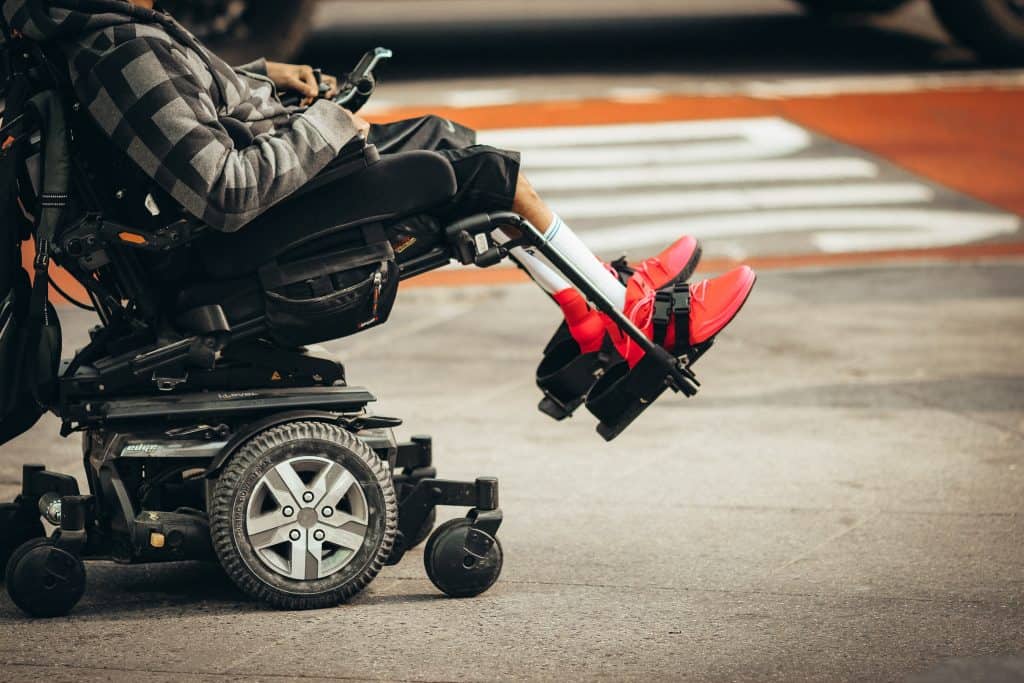
AI and motion capture technology used to monitor movement disorders
pharmafile | January 23, 2023 | News story | Research and Development |
A team of researchers have been developing a monitoring system to assess the progression of movement disorders. The new technology utilises motion capture technology and AI.
Two studies have been published in Nature Medicine explaining the technology, showing that combining movement data from wearable technology with medical AI technology can identify clear movement patterns, predict disease progression and increase the efficiency of clinical trials in both Duchenne muscular dystrophy (DMD) and Freidreich’s ataxia (FA). Both DMD and FA are rare, genetic, degenerative diseases which eventually lead to paralysis ‒ neither has a cure at this stage, however researchers are hopeful that this technology will contribute to the development of new treatments.
Scientists are hopeful that this technology will not only be useful for monitoring patients in clinical trials ‒ potentially diagnosing a range of common diseases such as dementia, strokes or orthopaedic conditions ‒ but also that the technology could help research into rare diseases, meaning that less patients are required in a clinical trial.
Senior and corresponding author of the two papers, Professor Aldo Faisal from Imperial College London’s department of Bioengineering and Computing, director of the UKRI Centre for Doctoral Training in AI for Healthcare, chair for Digital Health at the University of Bayreuth, Germany, and IKRI Turing AI Fellowship holder, commented: “Our approach gathers huge amounts of data from a person’s full-body movement – more than any neurologist will have the precision or time to observe in a patient. Our AI technology builds a digital twin of the patient and allows us to make unprecedented, precise predictions of how an individual patient’s disease will progress. We believe that the same AI technology working in two very different diseases, shows how promising it is to be applied to many diseases and help us to develop treatments for many more diseases even faster, cheaper and more precisely.”
Betsy Goodfellow








